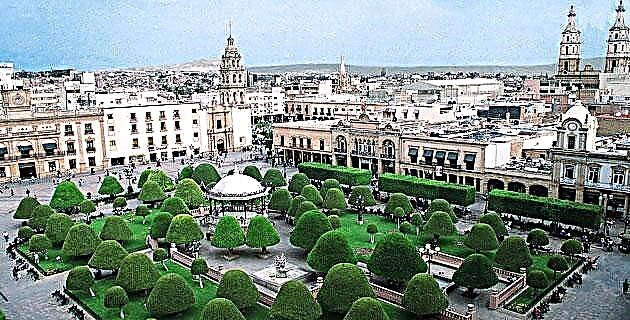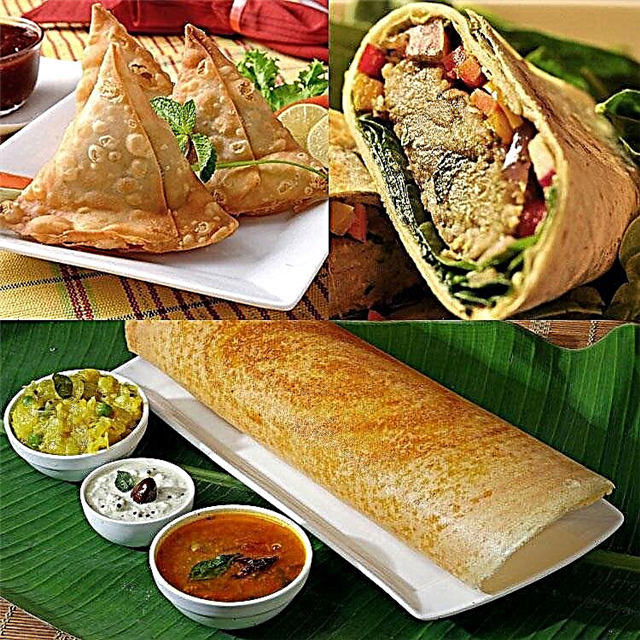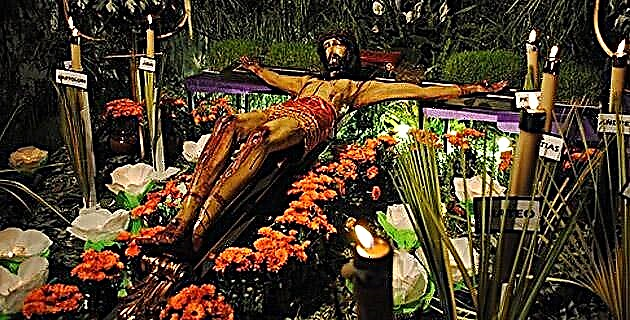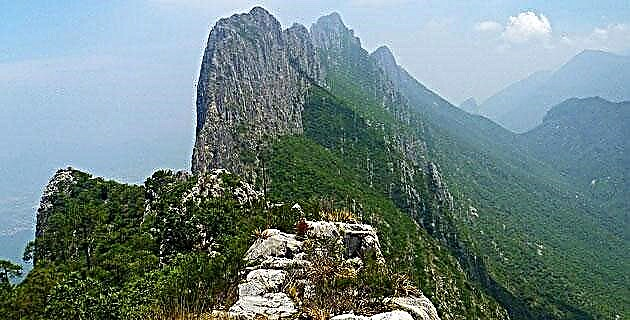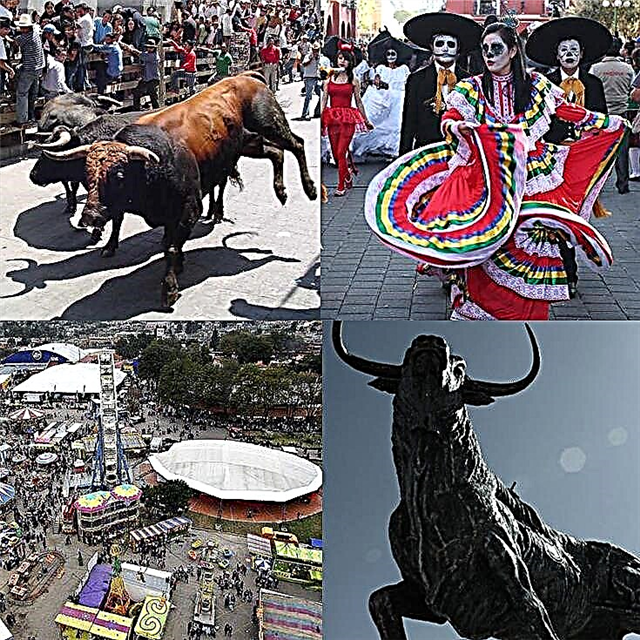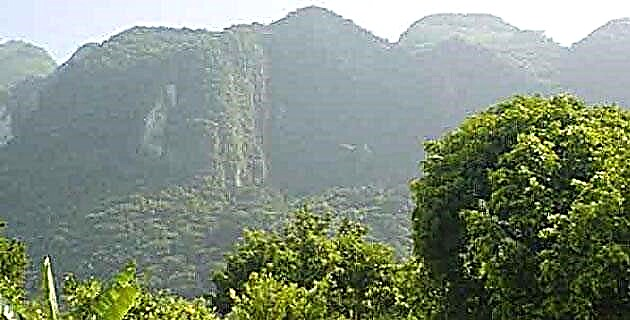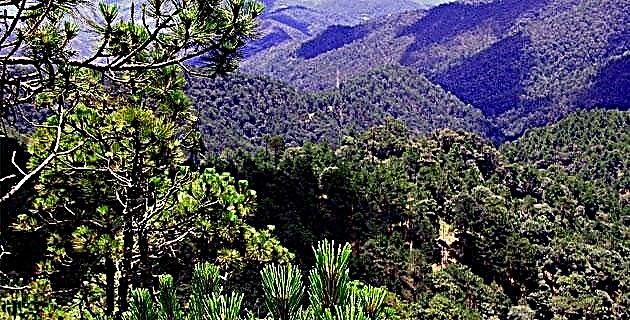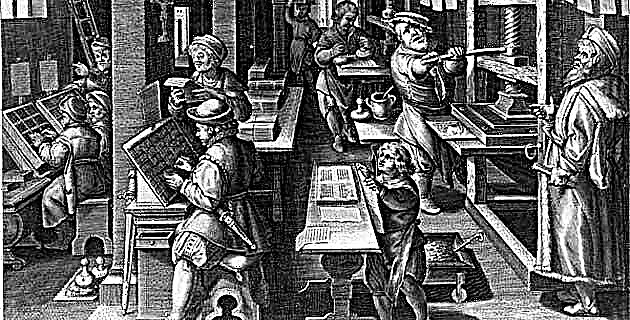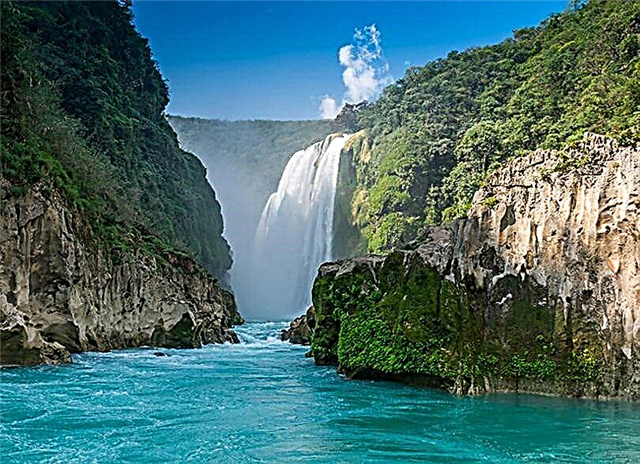If you like to travel to Mexico or are planning to do so, I invite you to answer the following questions. How would you define yourself as a tourist? Are you an ecotourist, an adventure tourist, a cultural tourist or a gastronomic tourist?
If you still do not have a precise answer, read on to learn about the 10 most important types of tourism in Mexico.
1. Adventure Tourism
 It is a very broad concept because an adventure can be made of almost anything, even if it is of doubtful convenience.
It is a very broad concept because an adventure can be made of almost anything, even if it is of doubtful convenience.
Adventure tourism is that carried out by people who - to explore a territory - are capable of making a journey by car, another on a mountain bike, on the back of a mule, the penultimate on foot and the last one climbing.
Its practitioners move at full speed through zip lines located several dozen meters from the ground or climb the Peña de Bernal by the most dangerous route.
Some of the most exciting specialties of adventure tourism are rafting (rafting), bungee jumping, rappelling and paragliding.
Many of the fans of this tourist trend stop to admire the flora and fauna, relating to ecological tourism or ecotourism.
In Mexico there are many destinations with excellent spaces to practice adventure tourism, among them are: Barrancas del Cobre (Chihuahua), Agujero de las Golondrinas (San Luis Potosí), Jalcomulco (Veracruz) and Cascada Cola de Caballo (Nuevo León).
2. Sports Tourism
 It is performed by a wide range of travelers whose main motivation is to practice a sport or watch a sporting event.
It is performed by a wide range of travelers whose main motivation is to practice a sport or watch a sporting event.
These specialties include sport fishing, marathon and triathlon, motor boating, diving, car racing, cycling, sailing and many other disciplines.
It includes fishermen and divers who go to the Riviera Maya, Los Cabos or the Riviera Nayarit, attracted by the possibility of catching a specimen of a certain species or to admire life under particular waters.
This is where those who go to the Laguna de los Siete Colores in Bacalar, Lake Pátzcuaro, the Bay of Banderas, Mazatlán, Puerto Vallarta, Cancun or Ciudad del Carmen enter to practice motorboat racing (motorboat races).
Visitors to a Mexican city on the occasion of the Caribbean Series (in the case of baseball fans) or a major game of the soccer championship also fall into this category.
3. Business Tourism
 This modality takes advantage of business trips or events to publicize the attractions of a city among travelers.
This modality takes advantage of business trips or events to publicize the attractions of a city among travelers.
For example, if a congress is held in Mexico City on mobile phones, toys, cars or any other economic sector and the organizers foresee that attendees, in their free time, can visit the Zócalo, the National Palace, the Forest of Chapultepec and Xochimilco.
If it is a world exhibition of leather goods in León, Guanajuato, leather tanners and shoe manufacturers will see the Expiatory Temple, the Metropolitan Basilica Cathedral and the Arco de la Calzada.
Sometimes the executives who attend these business meetings are so busy that the executives tours Tourists are only used by their companions.
4. Cultural Tourism
 It attracts tourists motivated to know and enjoy the material and spiritual cultural traits of certain peoples, societies or their specific facets.
It attracts tourists motivated to know and enjoy the material and spiritual cultural traits of certain peoples, societies or their specific facets.
It includes those interested in music and dance from pre-Columbian times, who visit the festivals and festivals in which these cultural manifestations take place, such as the Guelaguetza in Oaxaca or the Parachicos of the Fiesta Grande in Chiapa de Corzo.
This class includes architectural or monumental tourism, which attracts people interested in seeing pre-Hispanic buildings, museums, churches and monuments from an artistic and cultural perspective.
Also those who go to book fairs and literary festivals (such as the Guadalajara Book Fair) to meet writers and get them to stamp their autograph on a copy of their latest novel.
A subcategory that can be entered here is that of tourists who are going to know the locations of the great films (cinematographic tourism) or the fans by Dan Brown, who travel to do the same tours of the characters in his famous novels, although in a less exciting way.
Funeral tourists may also be included here, people who travel to visit people's graves because they admire them or because of the beauty of their mausoleums.
José Alfredo Jiménez's grave - in the Dolores Hidalgo cemetery - is highly visited, both because of the appreciation that the singer-songwriter enjoyed and continues to enjoy, and because of the mausoleum, which is shaped like a huge charro hat.
5. Religious Tourism
 This is one of the oldest tourist currents of humanity, since the Christian faithful began to make pilgrimage to the Holy Land (Jerusalem and other places) and the Muslims to Mecca.
This is one of the oldest tourist currents of humanity, since the Christian faithful began to make pilgrimage to the Holy Land (Jerusalem and other places) and the Muslims to Mecca.
It is probably the only "mandatory" tourism that exists, since Islam prescribes that every Mohammedan must go to Mecca at least once in their life.
In Mexico, religious tourism is practiced by the hundreds of thousands of people who travel to do the Pilgrim's Route, which ends at the Sanctuary of the Virgin of Talpa in the Jalisco Magical Town of Talpa de Allende.
Likewise, those who travel to make the pilgrimage of the Broken Christ of Aguascalientes or that of the Virgin of San Juan de los Lagos in the Altos de Jalisco.
Also included in this classification are people who go to a certain sanctuary to thank a miraculous saint for favors received.
6. Gastronomic Tourism
 This tourist line brings together people who want to live culinary experiences related to regions, towns and gastronomic specialties.
This tourist line brings together people who want to live culinary experiences related to regions, towns and gastronomic specialties.
They are the chilangos who from time to time go to Puebla to eat mole poblano in their favorite restaurant or in a different one each time to get to know them all.
There are also fans of craft beers, who are able to go from one city to another to discover a new beer.
Mention should be made of those who travel the coastal towns in search of the most delicious lobsters or shrimp and those who take walks through the wine regions of Mexico (the Valle de Guadalupe and others) to do tastings on site.
People who travel for wine and their pairings are also called wine tourists.
7. Archaeological Tourism
 For fans of archaeological tourism, Mexico is a paradise. If those interested in the Mayan civilization go to Chichén Itzá (Yucatán), Palenque (Chiapas) and Tulum (Quintana Roo), they still need to know several dozen important deposits of this pre-Columbian culture in Mexican territory.
For fans of archaeological tourism, Mexico is a paradise. If those interested in the Mayan civilization go to Chichén Itzá (Yucatán), Palenque (Chiapas) and Tulum (Quintana Roo), they still need to know several dozen important deposits of this pre-Columbian culture in Mexican territory.
Those who are passionate about the Zapotec civilization travel to Teotihuacán, Monte Albán, Yagul, San José Mogote, Zaachila and other archaeological sites.
This tourist flow spends money on transportation, accommodation, food and other services, which provide livelihoods for many of the families that live near the archaeological sites.
8. Health Tourism
 It is the one developed by the people who visit the sites with thermal waters to relax and tone the body with the warm baths and enjoy other services and recreational possibilities.
It is the one developed by the people who visit the sites with thermal waters to relax and tone the body with the warm baths and enjoy other services and recreational possibilities.
From places with only pools of hot water to bathe that they were in the beginning, many of these places have been transformed into real spa, with expert masseurs who align the most deviated chakras, temazcales, mud baths to revitalize the skin, aesthetic services and other specialties for physical, spiritual, health and body well-being.
The healing properties of hot springs are due to their high concentration of mineral salts and other compounds that contain sulfur, iron, calcium, sodium, magnesium, chlorine and bicarbonates.
Mexico is rich in hot springs due to the intense underground activity. In fact, one of its states is called Aguascalientes for this reason.
Some Mexican hot springs centers are Los Azufres and Agua Blanca (Michoacán); Tequisquiapan (Querétaro); Ixtapan de la Sal and Tolantongo (state of Mexico); La Estacas, Agua Hedionda and Los Manantiales (Morelos) and El Geiser (Hidalgo).
9. Rural Tourism
 Large numbers of people who live in cities long for the rural life of small towns and villages, and escape whenever they can to enjoy the lifestyle, the quiet environments and the agricultural and livestock products grown and raised in the old way. in these communities.
Large numbers of people who live in cities long for the rural life of small towns and villages, and escape whenever they can to enjoy the lifestyle, the quiet environments and the agricultural and livestock products grown and raised in the old way. in these communities.
A few clever villagers have prepared their houses to comfortably accommodate this type of tourists, who prefer a direct and simple relationship with their hosts.
Restaurants, shops (mainly crafts) and walks have been developed, as well as cultural and folk events for the enjoyment of these visitors who leave the cities in search of things that they consider closer and more authentic.
Within this stream, countless Mexican towns with less than 2000 inhabitants and with a minimal infrastructure to provide tourist services qualify.
10. Ecological Tourism
 Ecotourism is sometimes confused with adventure, but they are two different concepts, although they can often overlap in their activities.
Ecotourism is sometimes confused with adventure, but they are two different concepts, although they can often overlap in their activities.
The main objectives of ecotourists are to observe the fauna and flora, enjoy the ecosystems and their natural attractions. They are people concerned with preserving the environment and frequently participate or collaborate with environmental organizations.
They are almost always individuals for whom a simple room and a simple meal are sufficient.
Some typical activities for Mexican ecotourists are going to the Michoacan Magic Town of Mineral de Angangueo to admire millions of Monarch butterflies on their annual migration south.
They also like to visit the beaches of the Pacific coast to see the migration of whales, the release of hatchlings raised in captivity and those who visit the sanctuaries of the pink flamingo in Yucatan, to enjoy the spectacle of the spaces dyed in pink. by the huge number of birds.
It is the tourist trend with the greatest growth in the world in the face of growing conservation concerns.
Do you think other categories of tourism are missing in this article? We clarify that we did not want to include sex tourists and game hunters (those who travel to hunt animals).
Send this article to your friends on social networks so that they can also share with us their definition as tourists.


